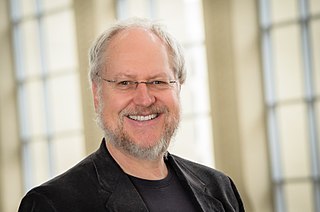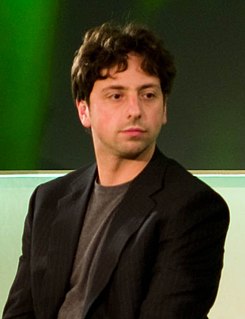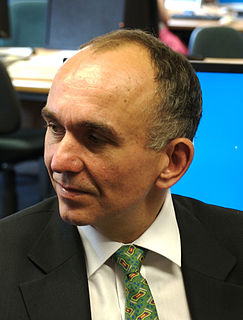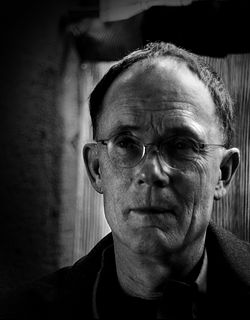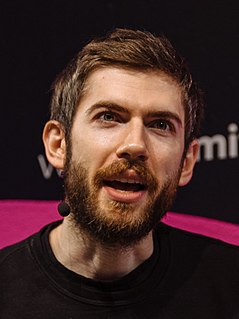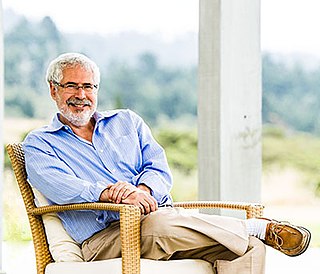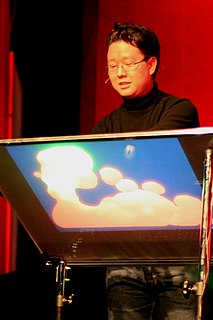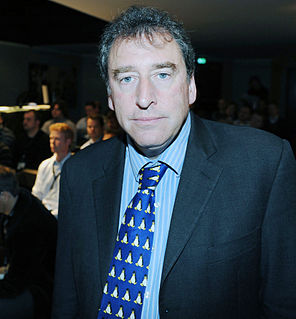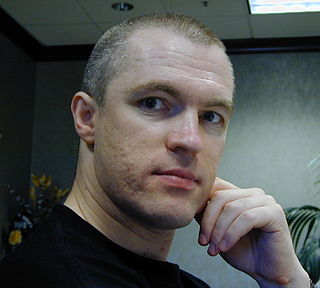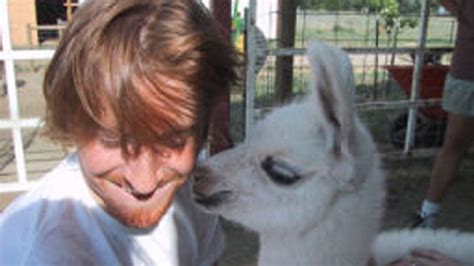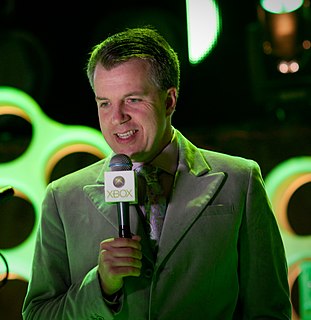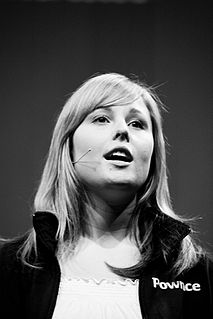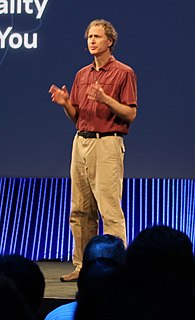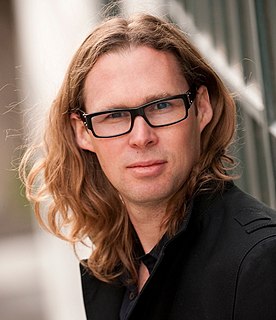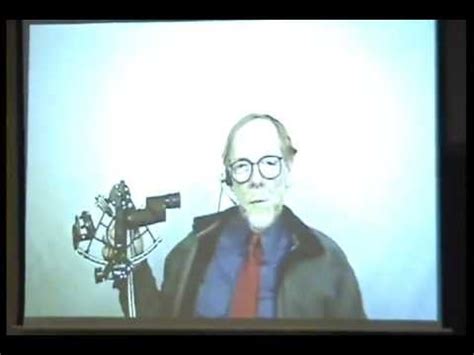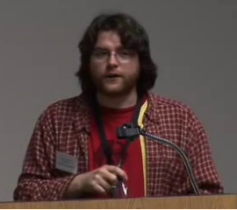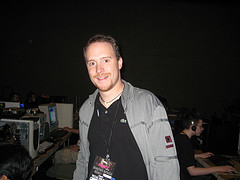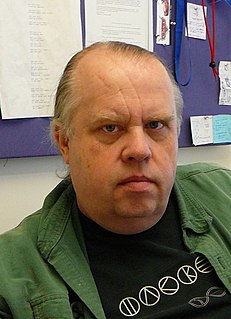A Quote by Douglas Crockford
We see a lot of feature-driven product design in which the cost of features is not properly accounted. Features can have a negative value to customers because they make the products more difficult to understand and use. We are finding that people like products that just work. It turns out that designs that just work are much harder to produce that designs that assemble long lists of features.
Related Quotes
We are focused on features, not products. We eliminated future products that would have made the complexity problem worse. We don't want to have 20 different products that work in 20 different ways. I was getting lost at our site keeping track of everything. I would rather have a smaller set of products that have a shared set of features.
Throughout this book, we've been evangelizing simplicity, but ironically, the practice of simplicity is not simple. It is easy to build a bulky design by adding layer upon layer of navigation and features; it's much more difficult to create simple, graceful designs. Paring designs to essential elements while maintaining elegance and functionality requires courage and discipline.
The reason you see so many volcanoes on Venus is partly due to the fact that there's virtually no erosion there. So on Venus, you're seeing features, some of which are hundreds of millions of years old on the surface. On Earth, we do not see any surface features nearly that old - you only see much more recent features.
Developing fewer features allows you to conserve development resources and spend more time refining those features that users really need. Fewer features mean fewer things to confuse users, less risk of user errors, less description and documentation, and therefore simpler Help content. Removing any one feature automatically increases the usability of the remaining ones.
I am a design chauvinist. I believe that good design is magical and not to be lightly tinkered with. The difference between a great design and a lousy one is in the meshing of the thousand details that either fit or don't, and the spirit of the passionate intellect that has tied them together, or tried. That's why programming - or buying software - on the basis of "lists of features" is a doomed and misguided effort. The features can be thrown together, as in a garbage can, or carefully laid together and interwoven in elegant unification, as in APL, or the Forth language, or the game of chess.
A lot of the really good features of Windows 10 - things like Windows 10 Hello, where you have facial log in and you don't have to use all your passwords, the Start screen and your ability to go through that, the touch usages of gaming, as the new games come to this product - those are going to run with PCs that have the latest features.
